The new configurations that Pidcock tested to go faster
The months leading up to the start of the season are used by cyclists to test different configurations of their bikes, material, adjust measurements. Tom Pidcock has been no different as he himself revealed, explaining in detail the changes he had tested on his road bikes for this 2024.
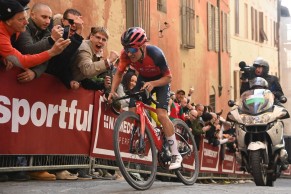
Pidcock seeks marginal gains in his bike setup
For years, professional cyclists have been looking to improve every detail, whether it's their preparation, nutrition, training or any other parameter that could affect their performance with the aim of adding improvements in a current competition paradigm where the level is extremely high and incredibly even. Any minimal improvement may seem small, but adding a certain number of them will result in tangible benefits.
Tom Pidcock could not be less and, over the last few weeks he has been testing different configurations on his Pinarello that allow him to obtain those desired marginal gains.
RECOMENDADO
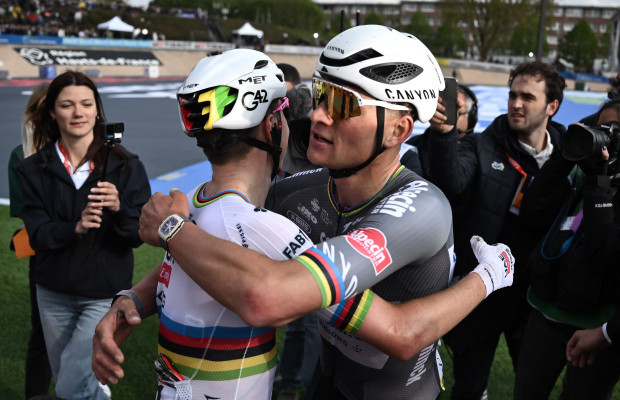
Complete list of the highest paid cyclists of 2025
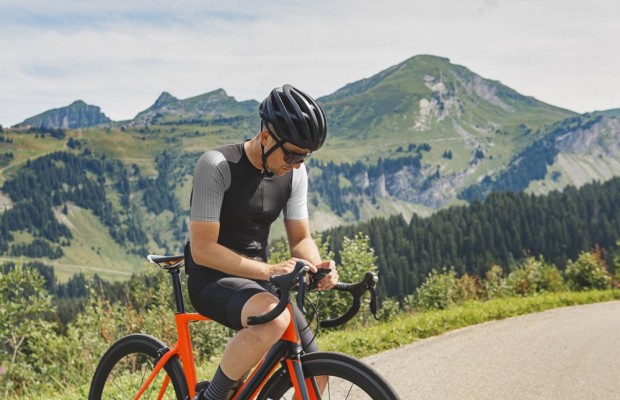
How many calories are burned when cycling
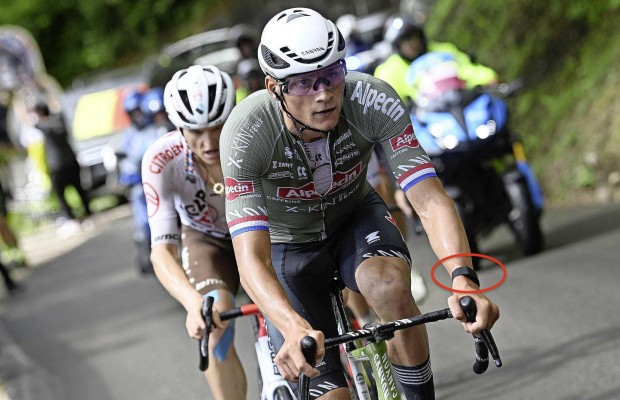
What is heart rate variability and how does it affect the cyclist?

Change wheels if you want to transform your bike's behavior
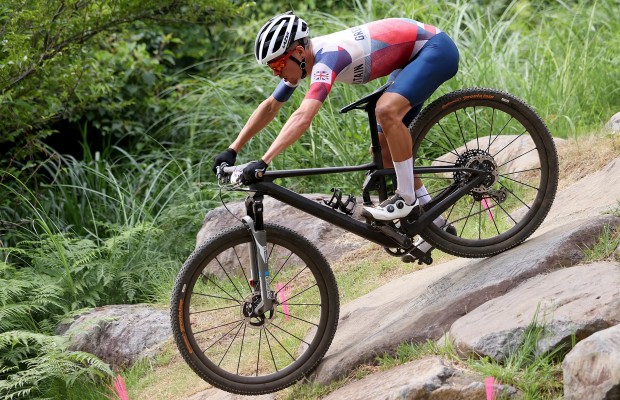
What bike size do you need? Here's how to find out
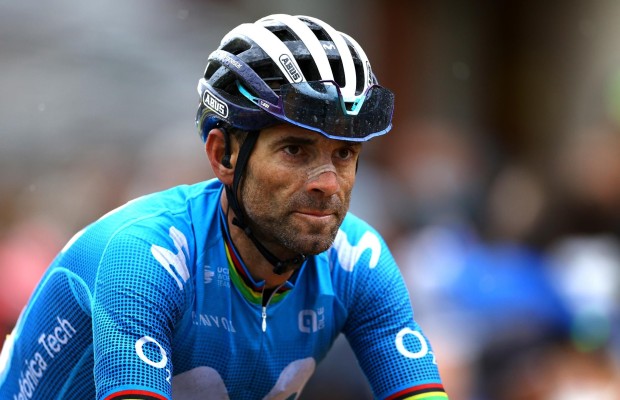
How does age affect performance and recovery?
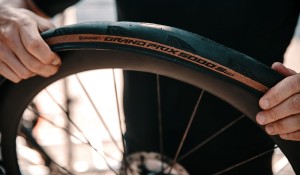
Firstly, as he himself revealed, he has been testing different tyre pressures to quantify the optimum for the Continental tyres used by INEOS Grenadiers. Tyres that now definitely seem to have established the 700x28c size for daily use and that, with the barely 60 kg that Tom Pidcock's scale marks, this has found the optimum pressure point, where grip, cushioning, rolling resistance and sensations are balanced, around 4.1 bar a figure practically negligible for the common cyclist who, in this tyre size usually opts for a fork between 5 and 6 bar.
As we have explained on some occasion, a wider tyre at lower pressure presents a footprint on the asphalt that optimizes the transfer of force and, in turn, allows continuous contact with the asphalt instead of causing microbounces that result in a loss of grip as happens when high pressures are used.
Apart from playing with tyre pressures, Tom Pidcock has tested deeper changes such as the use of shorter cranks on his time trial bike. Specifically, he has mounted 160 cranks on his goat against the 170 mm ones he uses on the road bike.
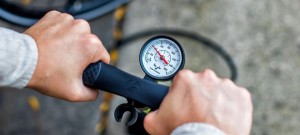
The aim of this change is to achieve a much more aerodynamic position. The main limitation when bending the body over the bike is that, when the angle between the femur and the hip is very closed, as happens when we go very bent over the handlebars, the ability of the muscles responsible for lowering the pedal to apply force decreases.
By reducing the size of the crank what we also do is open the mentioned angle when the leg is at the top of the pedal stroke for the same saddle height. This gives more margin to be able to slightly raise the saddle and achieve a flatter and lower position that, after all, has aerodynamic benefits.

We will see throughout this 2024 how well the changes turn out although, it must be clear that for Tom Pidcock the main objective of this season is not on the thin wheels but will star the XCO bike in his quest to revalidate in Paris the Olympic gold he achieved in Tokyo.